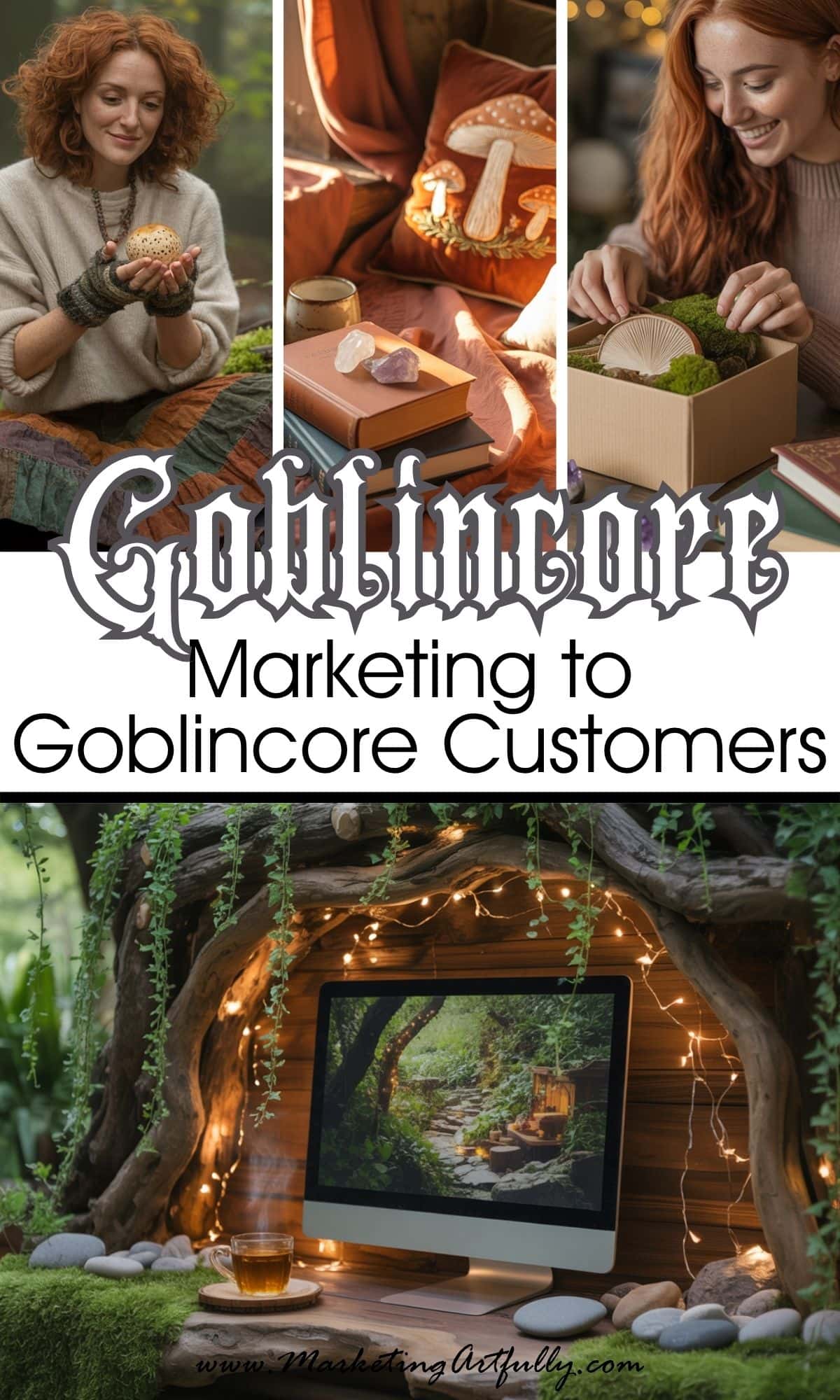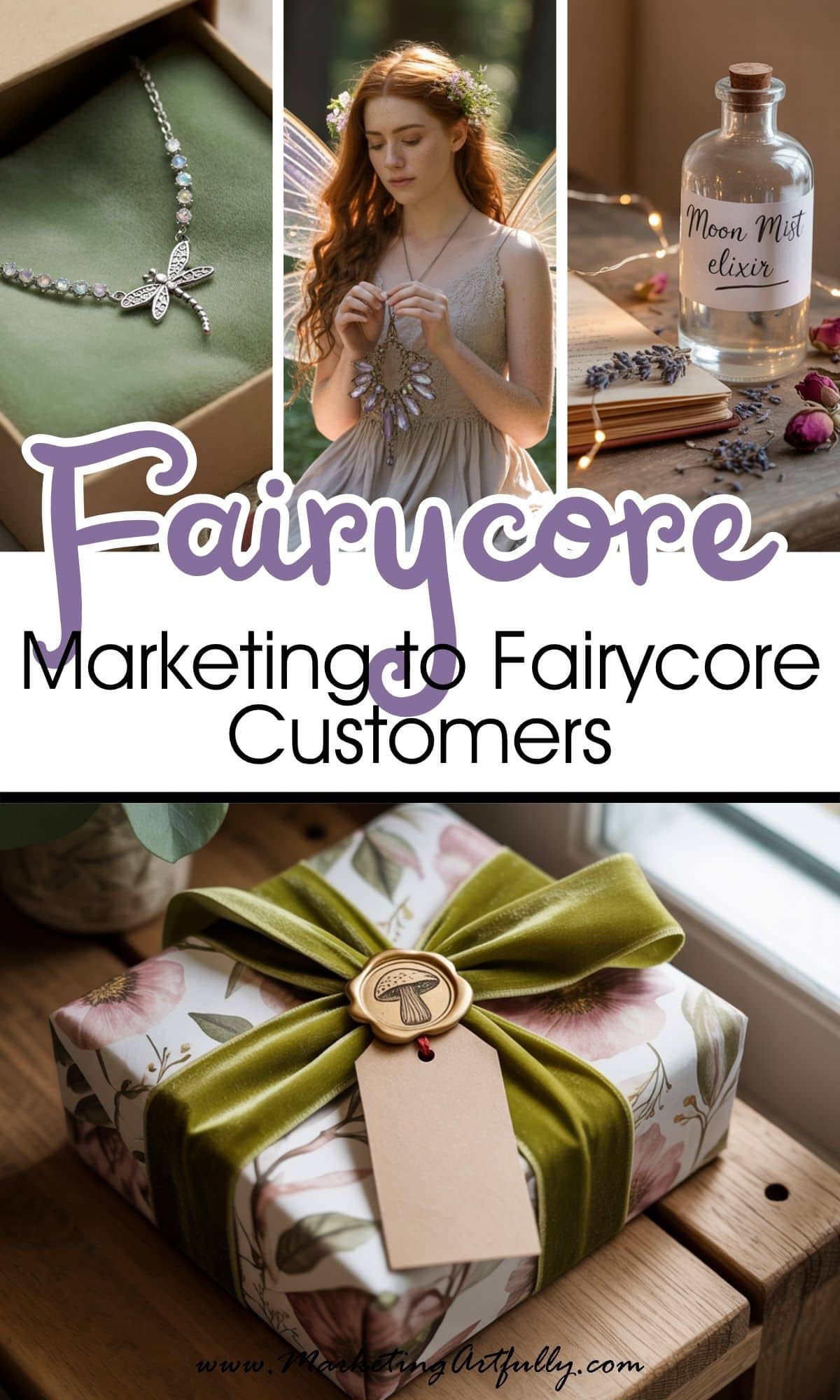If your dream customer reads hardcover biographies for fun, wears vintage Ralph Lauren polos without irony, and vacations in places where no one takes selfies - say hello to the world of Old Money Aesthetic marketing. This customer doesn’t chase trends, she embodies legacy. Think cashmere, crests, heritage brands, tennis whites, and a vibe that whispers, "I summer in the Hamptons."
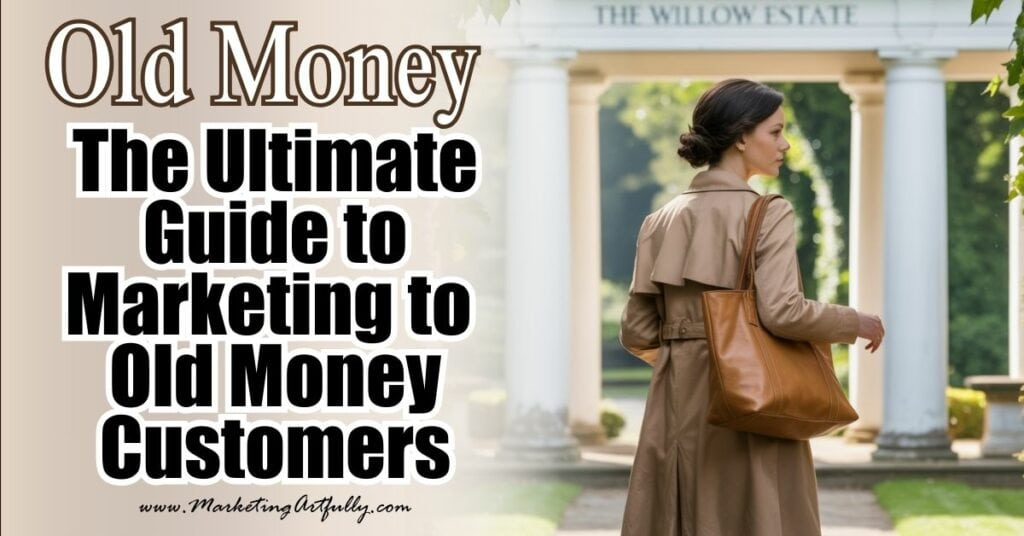
The Old Money customer is drawn to timeless elegance and subtle sophistication - whether or not she actually comes from generational wealth. This guide will help you align your products, branding, and content strategy with the quiet luxury lifestyle.
1. Aesthetic Marketing = Selling an Identity, Not a Product
Old Money marketing is about offering a feeling of belonging to a world of refinement and exclusivity. This isn’t about flashy logos or viral TikToks. It’s about restraint, pedigree, and positioning your product as part of an elevated, aspirational lifestyle.
Your product becomes the symbol of classic values, tradition, and quiet confidence. Market it that way!
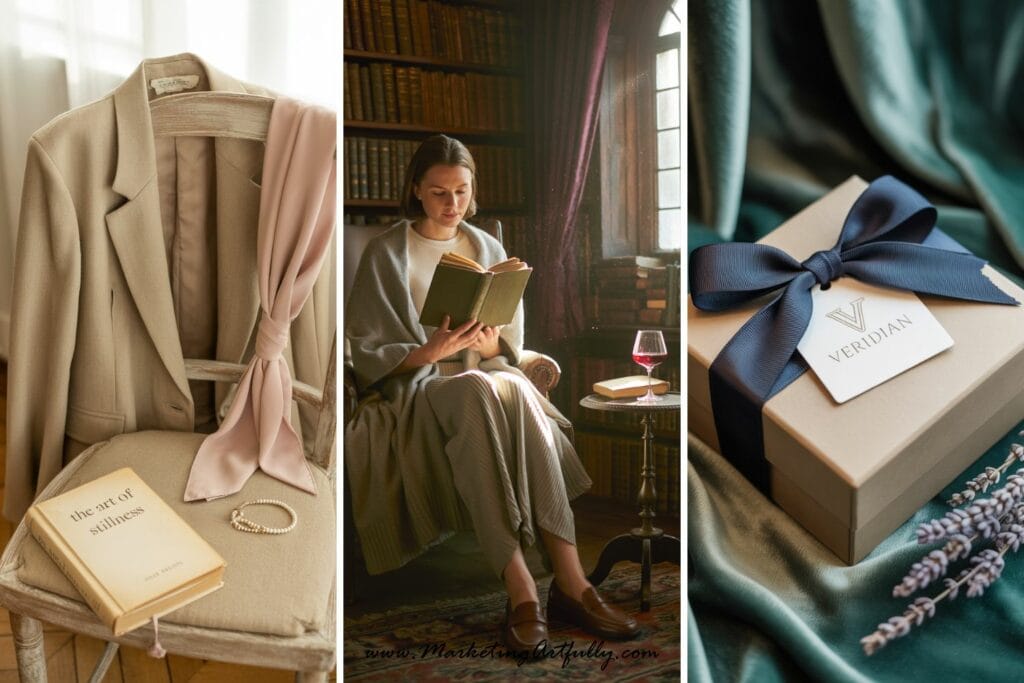
2. What Is the Old Money Aesthetic?
Imagine if a Nancy Meyers movie had a baby with the Ralph Lauren catalog. Old Money Aesthetic is a curated blend of Ivy League prep, European aristocracy, and American generational wealth.
Key visual elements:
- Neutral tones, navy, camel, ivory, deep forest green
- Cashmere sweaters, pearls, loafers, tennis skirts
- Mahogany libraries, equestrian portraits, grand estates
- Monograms, stationery, well-made leather goods
This aesthetic screams understated - and that’s the point.
3. Why Quiet Luxury Sells Like Crazy (Even in Loud Times)
In a world full of fast fashion and loud marketing, the quiet luxury vibe stands out as refined, grounded, and aspirational. Even customers without old money roots want to look like they belong to that world.
This niche attracts:
- Minimalist shoppers
- Aesthetic-driven buyers
- Status-seeking customers who crave subtle luxury
You’re not just selling a thing - you’re selling taste.
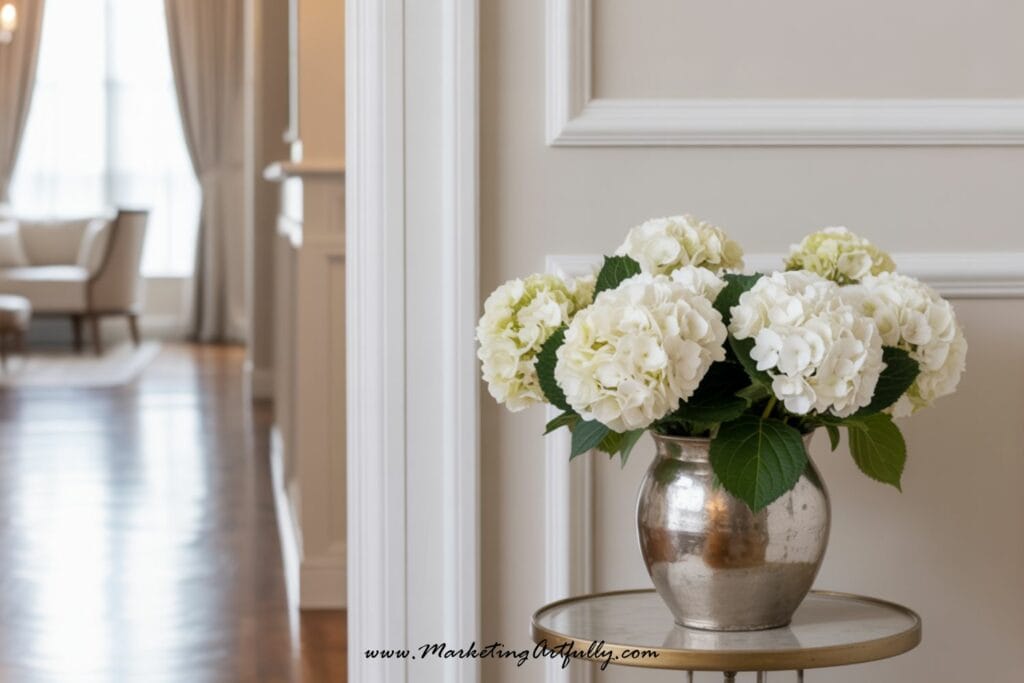
4. Who Is the Old Money Customer?
This audience includes:
- Upper-income women who value legacy and tradition
- Younger buyers romanticizing prep school and aristocratic style
- Shoppers who want to build a wardrobe or lifestyle around longevity, not trends
Psychographics:
- Values refinement, privacy, quality
- Invests in fewer but better things
- Loves family traditions, luxury rituals, and elegance with purpose
5. Product Ideas That Feel Like Heirlooms
To win with the Old Money aesthetic, your product should feel like it belongs in a country estate - or at least wouldn’t look out of place in a vintage Louis Vuitton trunk.
Ideas:
- Cashmere throws, alpaca scarves, leather-bound planners
- Scented candles in glass vessels, gold-rimmed china mugs
- Stationery sets with crests, wax seals, and cream-colored envelopes
- Monogrammed tote bags, silk sleep masks
- Equestrian-inspired jewelry, vintage barware
Also great:
- Financial planning services, etiquette coaching, private health + wellness programs
- Luxury service providers: designers, organizers, stylists, private tutors
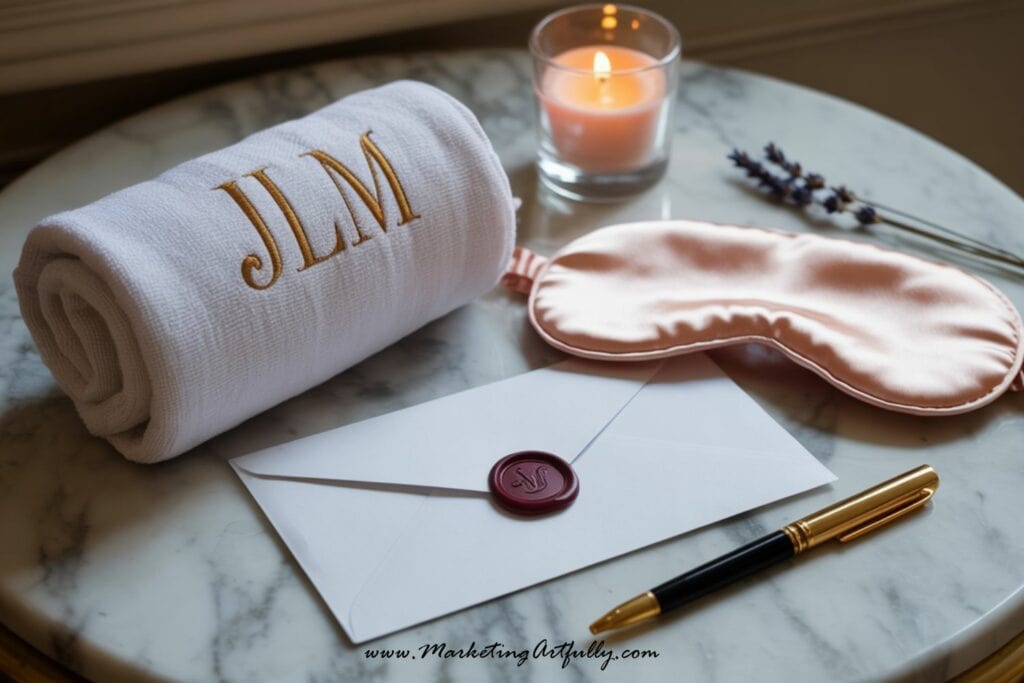
6. Branding for the Polished + Prestigious
Old Money branding is classic, not trendy. Lean into tradition:
- Serif fonts, monograms, letterpress textures
- Neutrals, dark greens, and deep blues
- Think coats of arms, Ivy League banners, and timeless type
Your packaging should be tactile and substantial - like a heavy business card or embossed label. Avoid over-designing. Simplicity = status.
7. Content That Feels Like a Private Invitation
Your social and email content should feel like an insider’s glimpse into an elite world. Use:
- Soft piano music in Reels
- “Day in the Life” storytelling (brunch at the club, quiet library moments, travel diaries)
- Educational content: "How to Host a Proper Dinner Party" or "The History of the Crest"
Tone = polished, slow-paced, graceful. Avoid slang or hyper-trendy language.
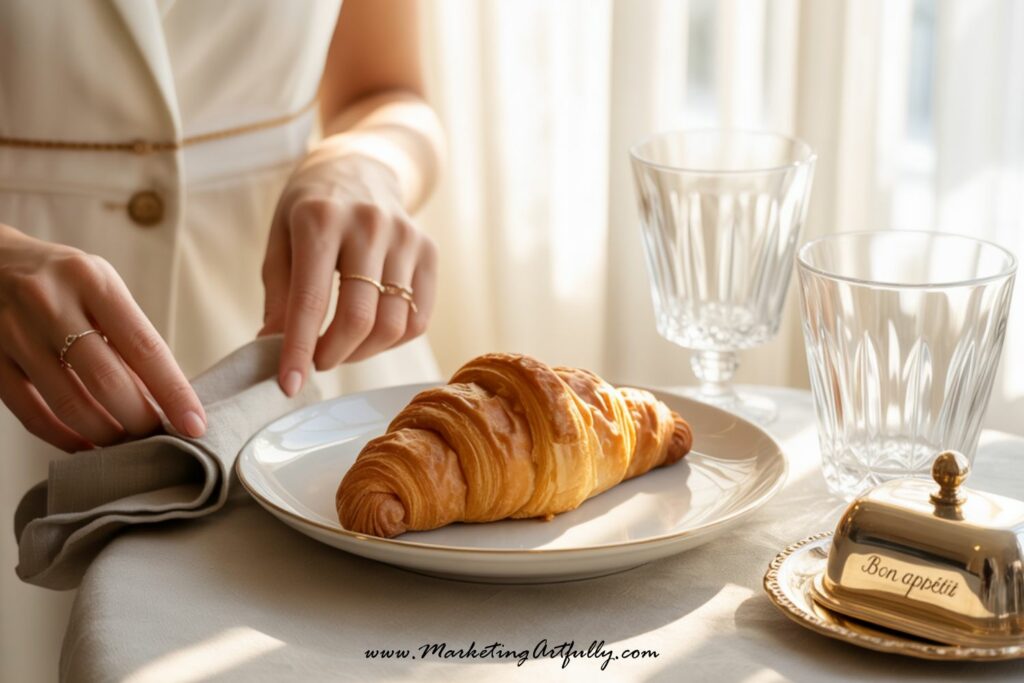
8. Where the Old Money Aesthetic Lives Online
This isn’t a TikTok-dominant aesthetic (though you can do it tastefully). Prioritize:
- Pinterest (quiet luxury boards are booming)
- Instagram (still images + editorial-style reels)
- YouTube (for lifestyle vlogs, elegance routines, and long-form content)
- Blogs and email newsletters with a touch of sophistication
Use storytelling and evergreen visuals. This customer doesn’t need constant content - they want thoughtful, high-value posts.
9. Keywords That Evoke Elegance
Sprinkle these across your content, product descriptions, and Pinterest pins:
- Old money aesthetic
- Quiet luxury
- Polo style
- Ivy League lifestyle
- Traditional elegance
- Legacy living
- Soft wealth
- Country club vibes
Pair them with rich visuals, classical music, and heritage-feeling branding.
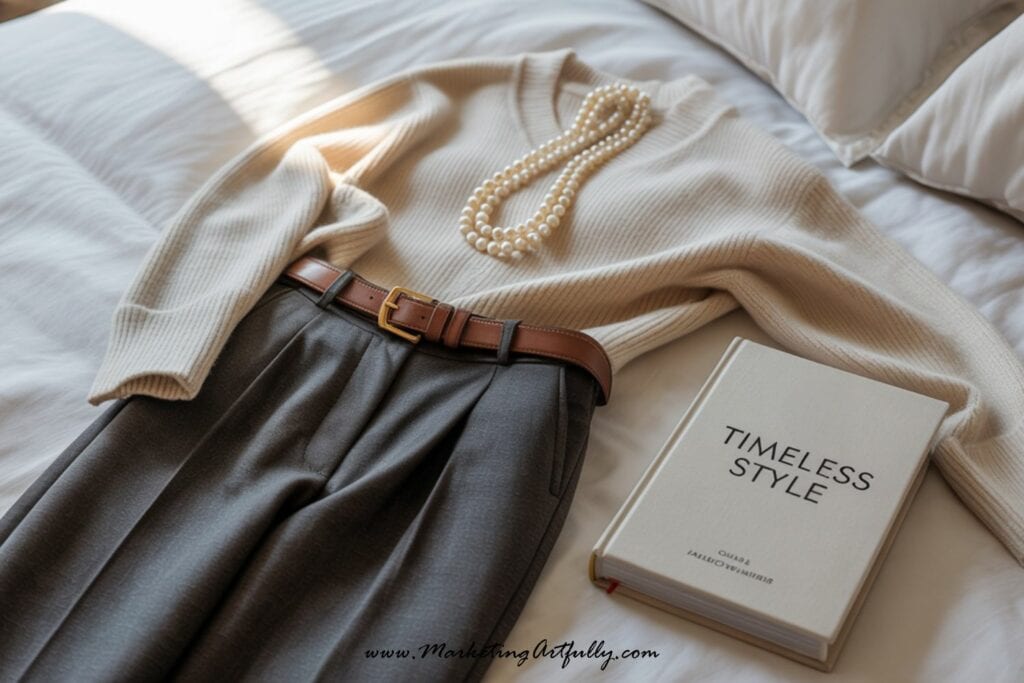
10. Lifetime Value of Old Money Customers
These shoppers aren’t chasing sales - they’re investing in permanence. Focus on:
- Premium pricing
- Membership-style offers
- Annual collections or heirloom series
- Elevated gifting options (personalized packaging, white glove delivery)
These are customers who want to build something meaningful and keep coming back for more of your refined world.
11. Keep It Classy - Always
Inconsistency breaks trust. Avoid anything that feels overly trendy, slang-heavy, or overly casual.
Your brand should evoke the feeling of entering a timeless estate: quiet, warm, expensive, and calm. The more polished and intentional your tone and visuals, the more you'll attract this audience.
Marketing To Old Money Aesthetic Wrap-Up
Marketing to the Old Money Aesthetic means building a brand that’s timeless, not trendy. Whether you're selling silk robes, offering high-end services, or curating an elevated product line, remember: you're not shouting. You're whispering luxury. And your customer? She’s listening.
Here are some more great articles that you might love!
- HUGE List of All the ‘Core’ Aesthetics For Marketing
- The Ultimate Aesthetic Core Color Palette Guide
- How to Rebrand Your Products Using Aesthetics (Even If You’re Not Trendy)
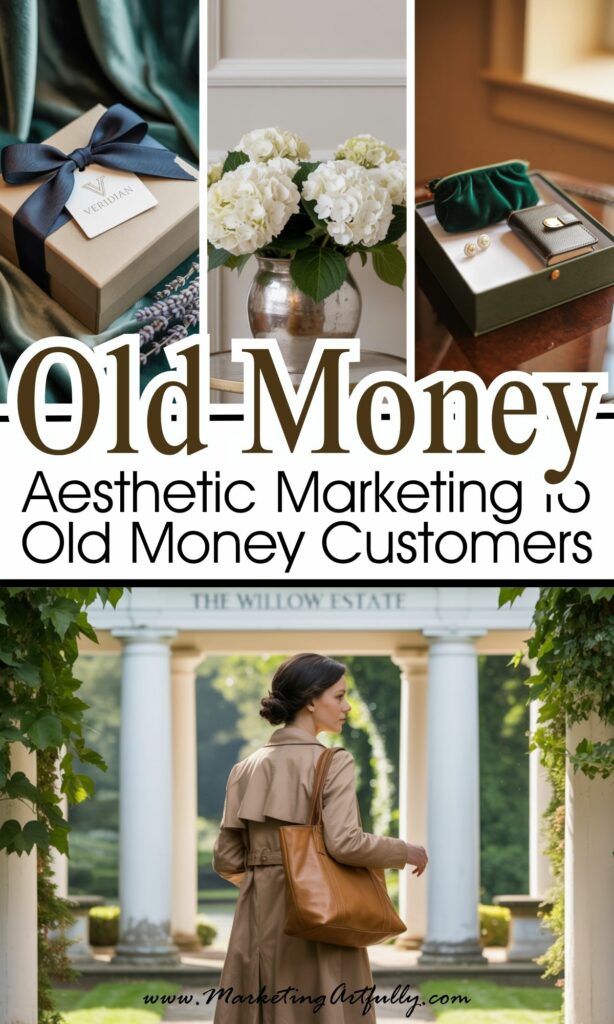
Some of the photos you see here were created with AI tools instead of traditional stock photography. I love using AI because it lets me design images that feel more real - age-appropriate, body positive, and inclusive of women from all different backgrounds. It gives me the freedom to create visuals that truly reflect the amazing entrepreneurs I write for!



